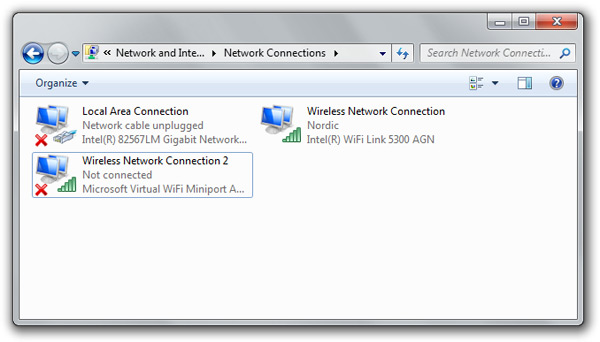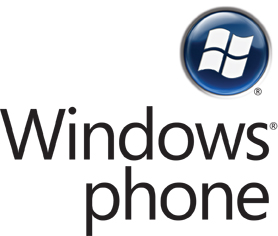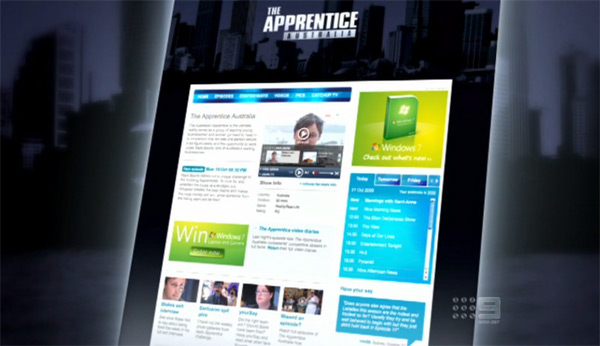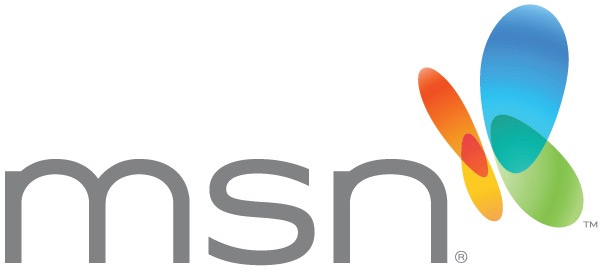It turns out 2019 is getting closer every day. At the moment, Microsoft’s chief research and strategy officer Craig Mundie is doing the rounds at a number of prestigious colleges in the States showing off Microsoft’s vision for technology to solve the world’s biggest problems. Of course, one must use the latest in natural user interfaces for this task.
A feature of this year’s tour appears to be a next-generation computer – one that docks and undocks from a transparent glass display and allows for not only pen and voice input as you’d come to expect from natural user interfaces, but also incorporates touchless gestures and eye-tracking to interact with the information at hand.
Personally I’ve never seen eye-tracking used as an input before, but after seeing this demo, it makes so much sense to skim vasts amounts of information with your eye.
I’ll let these two videos do the rest of the talking.
No doubt with any fancy prototype it’s usually very difficult to distinguish just how much of the demo is real and how much of it is simulated – either by timers or remote-control, but knowing Microsoft Research and what they’re capable of, I’m willing to bet it’s all real.
On a related note, it appears now Microsoft’s new vision is a glass-display on every desk. Time to get in the window cleaning business perhaps?

 Just when I thought Windows phones had already one too many layers between the end-user and Microsoft, they’ve just decided to add in one more for good measure.
Just when I thought Windows phones had already one too many layers between the end-user and Microsoft, they’ve just decided to add in one more for good measure.
